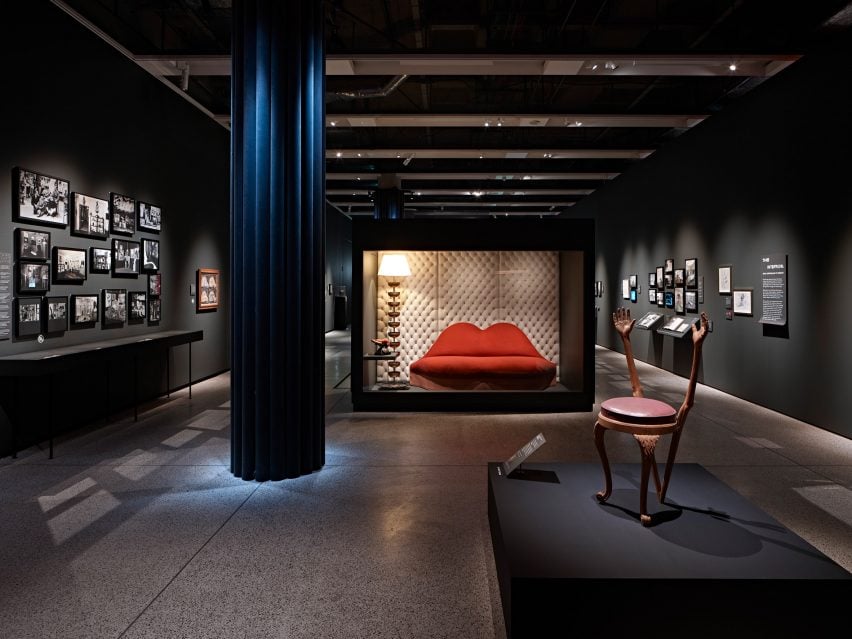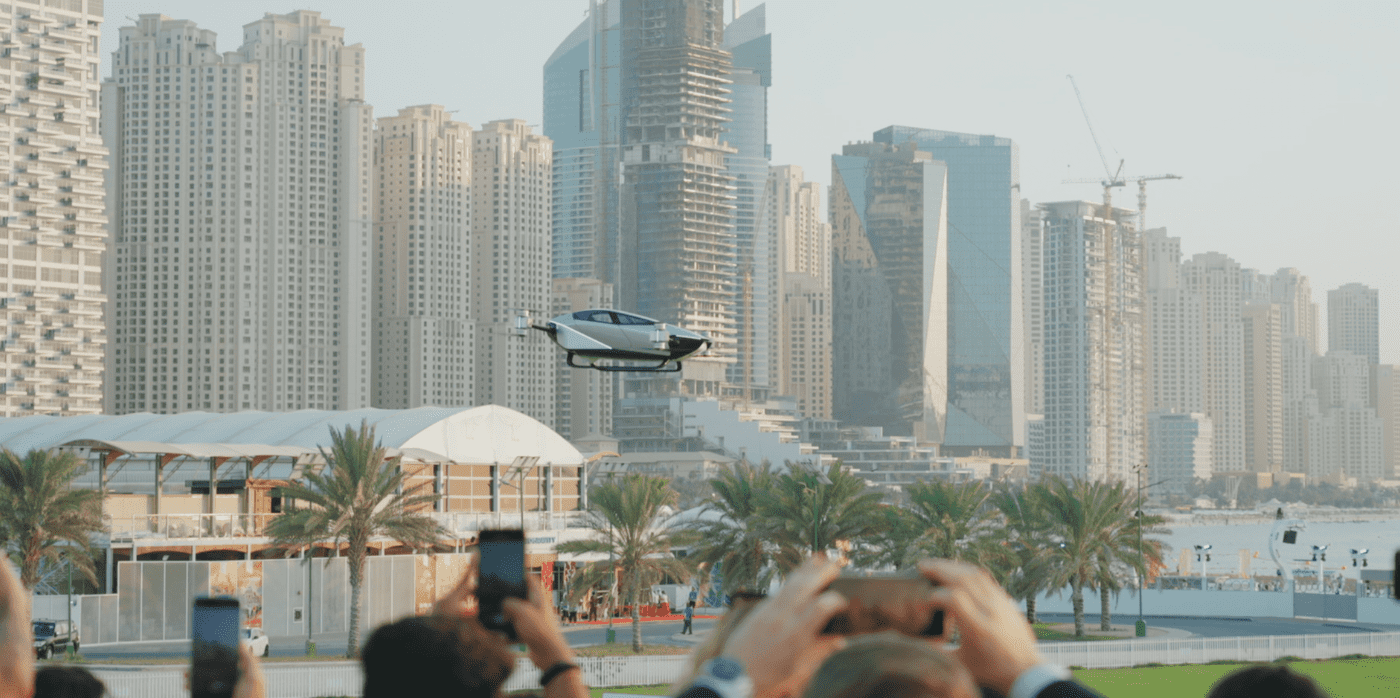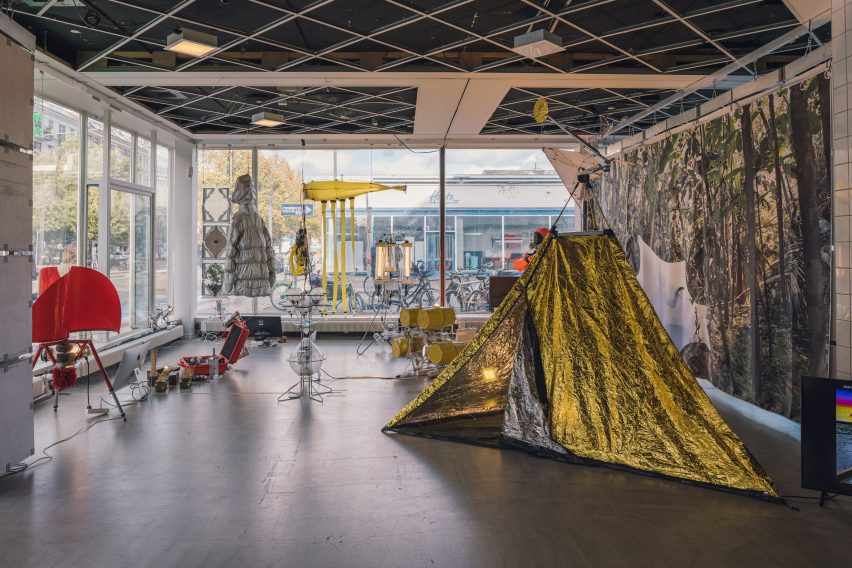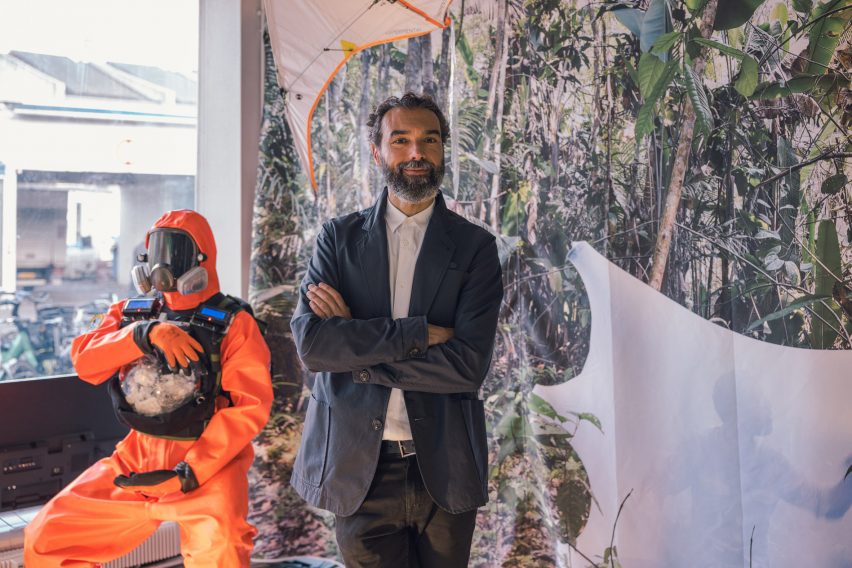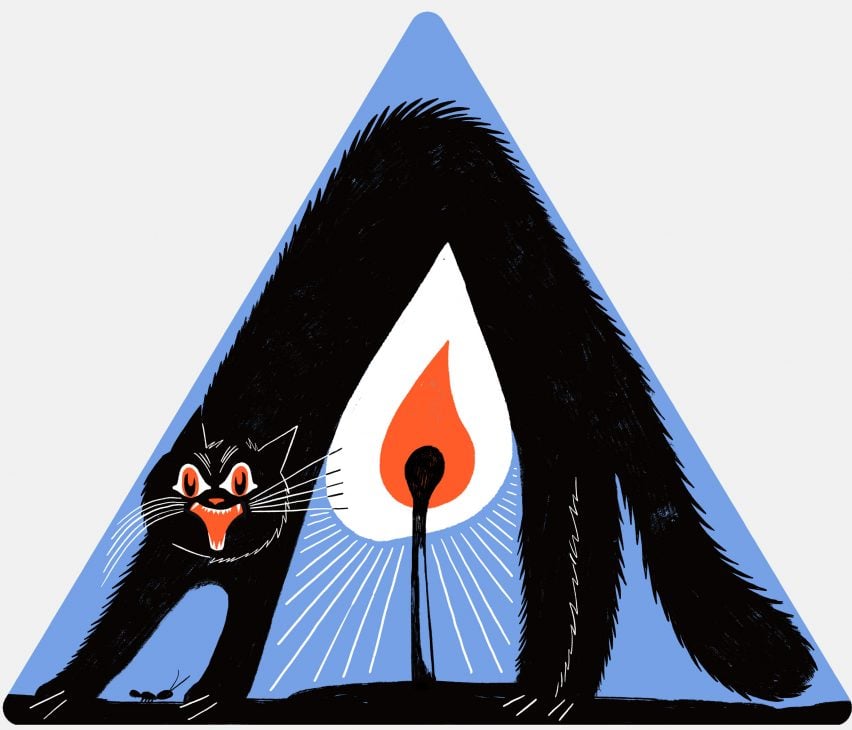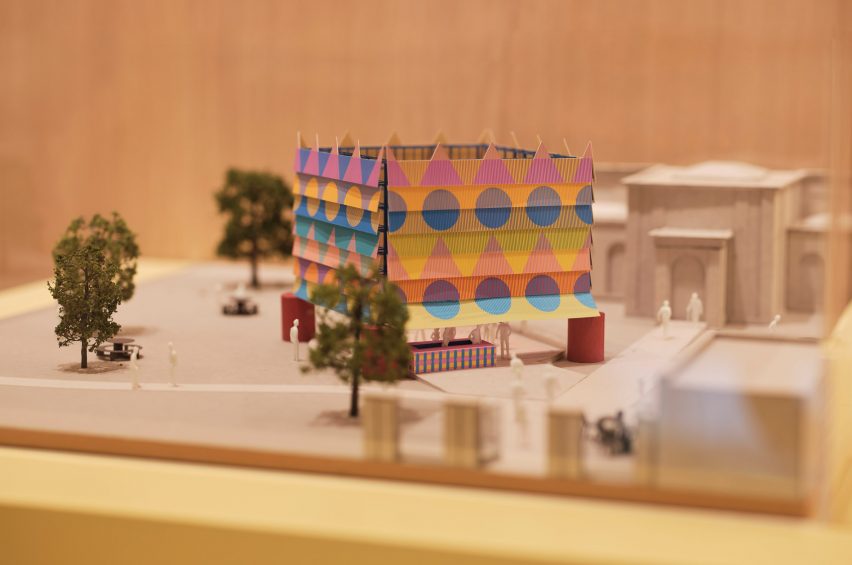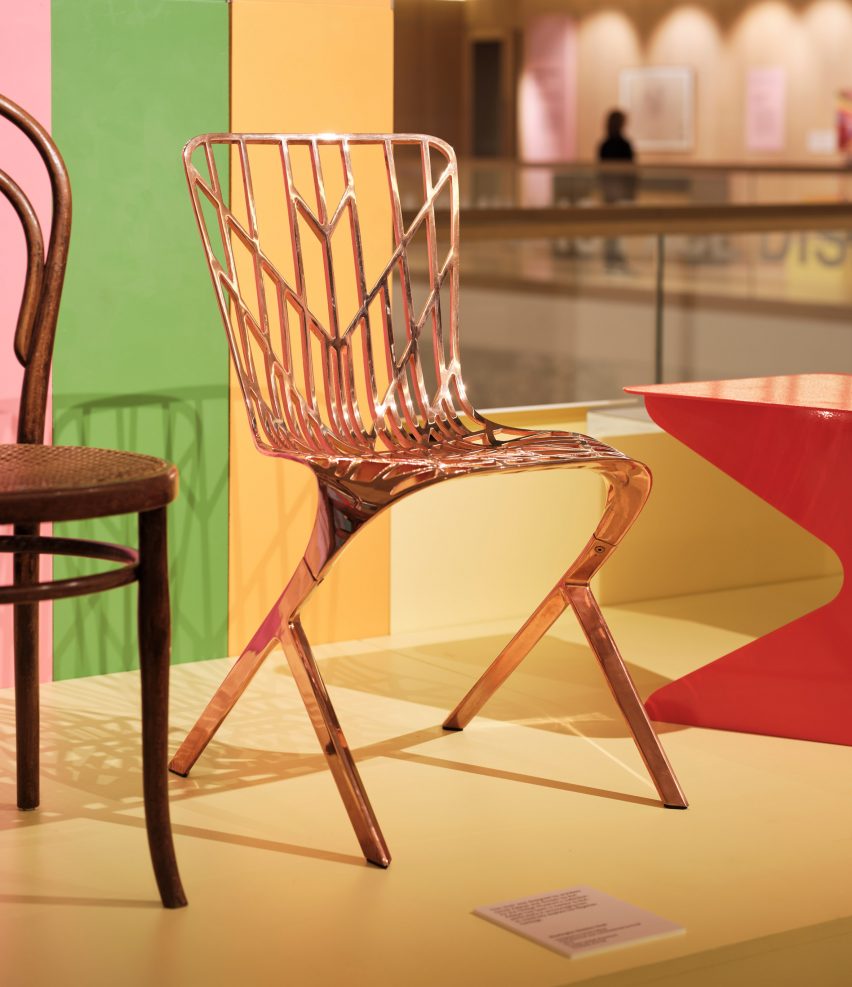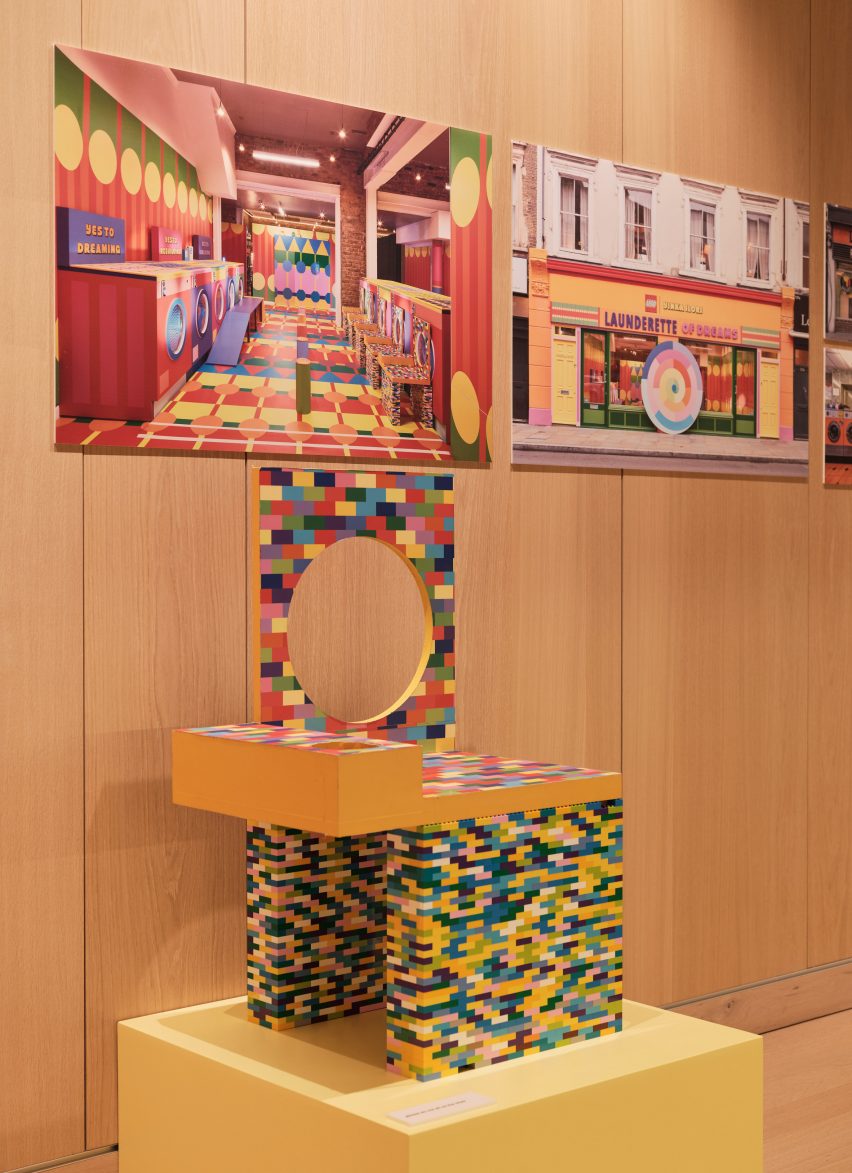Design Museum exhibition explores “surrealism and why it matters now”
Curator Kathryn Johnson explains the story behind surrealism and its impact on design in this video Dezeen produced for the Design Museum about its latest exhibition.
Titled Objects of Desire: Surrealism and Design 1924 – Today, the exhibition features almost 350 surrealist objects spanning fashion, furniture and film.
The exhibition, which was curated by Johnson, explores the conception of the surrealist movement in the 1920s and the impact it has had on the design world ever since.

It features some of the most recognised surrealist paintings and sculptures, including pieces by Salvador Dalí, Man Ray and Leonora Carrington, as well as work from contemporary artists and designers such as Dior and Björk.
“Surrealism was born out of the horrors of the first world war, in a period of conflict and uncertainty, and it was a creative response to that chaos,” Johnson said in the video.
“It saw in the fracturing of the world an opportunity to shake things up, to do things differently, to think differently, and to acknowledge the subconscious and its importance for our everyday lives.”

The exhibition explores surrealism’s impact on contemporary design, with nearly a third of the objects on show dating from the past 50 years.
“We want to start a conversation about what surrealism is and why it matters now,” Johnson said.
The name of the exhibition references the importance of the concept of desire within the movement. In the video, Johnson explained that the surrealist movement began with poetry, with French poet and author André Breton penning the first surrealist manifesto.
Breton described desire as “being the sole motivating force in the world” and “the only master humans should recognise.”

The exhibition is segmented into four themes. It begins with an introduction to surrealism from the 1920s and explores the influence of the movement on everyday objects, as well as its pivotal role in the evolution of design throughout the twentieth century.
Another part of the exhibition explores surrealism and interior design, since early protagonists of the movement were interested in capturing the aura or mystery of everyday household objects.
Objects on display include Marcel Duchamp’s Porte-Bouteilles, a sculpture made from bottle racks, and Man Ray’s Cadeau/Audace, a traditional flat iron with a single row of 14 nails.

The exhibition moves along to the 1940s, where designers started using surrealist art for ideas to create surprising and humorous objects. Items borne from this include Sella by Achille and Pier Giacomo Castiglioni and Jasper Morrison’s Handlebar Table.
A key section of the exhibition includes a spotlight on surrealism’s significance in the UK, documenting the partnership between Salvador Dalí and the British poet and art patron Edward James, whose collaboration resulted in some of the most notable works of surrealism such as the Mae West Lips sofas and the Lobster Telephone.

Another section of the exhibition examines surrealism and the body in relation to the human form, sexuality and desire.
Included in this section are Sarah Lucas’ Cigarette Tits, in which the language of tabloids is used to expose stereotypes of female sexuality, and Najla el Zein’s Hay, which highlights the sensory pleasures provided by everyday materials.
Photographs, vintage magazine covers and fashion items are on display to show the impact of surrealism on the fashion industry starting from the 1930s.

According to Johnson, “surrealism attracted more women than any other movement since romanticism.” As a result, she wanted to ensure there was a wide representation of female artists and designers in the exhibition.
“I think that was partly because of concerns about the body, about sexuality, and how the domestic were key themes of surrealism from the beginning,” she said.
“But those themes were approached in a very original and critical way by the women associated with the movement – some of whom would not have considered themselves surrealists but were in dialogue with those ideas.”

The final section of the exhibition looks at the surrealist preoccupation with challenging the creative process itself and how this resulted in original works of art and design.
According to Johnson, contemporary designers are still using ideas from early surrealism, such as welcoming chance into the creative process, or using techniques like automatism.
“The surrealists try to write and draw without thinking, and we see in the exhibitions and studies where they are drawing in an automatic way. But now, of course, contemporary designers have other tools to use to try and bypass the known and the conventional,” Johnson said.

An example of this in the exhibition is Sketch Chair by design studio Front, which was produced using motion capture technology to translate the movement of drawing in mid-air into a 3D-printed form.
“The surrealists knew that changing the mind would change the material world and we’re now at this frightening but thrilling juncture where we’re creating a computerised intelligence that can be creative,” Johnson said.
Objects of Desire: Surrealism and Design 1924 – Today opened at the Design Museum on 14 October 2022 and is on show until 19 February 2o23.
Tickets are available at designmuseum.org/surrealism.
Partnership content
This video was produced by Dezeen for Design Museum as part of a partnership. Find out more about Dezeen’s partnership content here.

